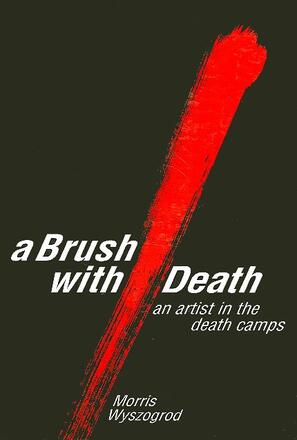
A Brush with Death
An Artist in the Death Camps
Alternative formats available from:
Recounts the author’s experiences during the Holocaust, from the time of the Nazi invasion of Poland to the liberation of the Theresienstadt concentration camp by the Red Army in 1945.
Description
In this memoir Morris Wyszogrod recounts his experiences from the time of the Nazi invasion of Poland to the liberation of the Theresienstadt concentration camp in 1945. He describes in detail the time he spent in the Warsaw Ghetto; his work as an artist for various Luftwaffe personnel at the Warsaw military airport; his experiences at the BudzynΠconcentration camp, where he was assigned to decorate the living quarters of the SS and to produce drawings at an orgiastic Oktoberfest; his removal to Plaszow, where he was put to work digging up mass graves and burning the bodies to eliminate the evidence of Nazi war crimes; his witnessing of the firebombing of Dresden in February 1945; and his subsequent liberation at Theresienstadt by the Red Army in May 1945. Just as an artist may register what she or he sees against a sensitive visual and moral template, so Wyszogrod doubly registered what he saw and felt, both in his drawings and in his memories.
Morris Wyszogrod is a graphic designer, living in New York City.
Reviews
"The book effectively combines the narrating of a personal memory which is at the same time a part of collective memory. There are particularly vivid descriptions, and an attention to detail when conveying certain events. Clear and effective, the book is at several moments exceptionally powerful. Because of the author's work as an artist, he recollects unusual events or perspectives, and also includes powerful illustrations. " — Sara Horowitz, author of Voicing the Void: Muteness and Memory in Holocaust Fiction
"One of the very many unique features of this memoir is its vivid portraiture of the German culprits, the individual SS men and others with whom the author came in close contact. As a graphic artist, the author had singular opportunities to observe features of camp life that others did not, and he thus offers an original contribution to a crowded field. " — Lawrence L. Langer, author of Versions of Survival: The Holocaust and the Human Spirit